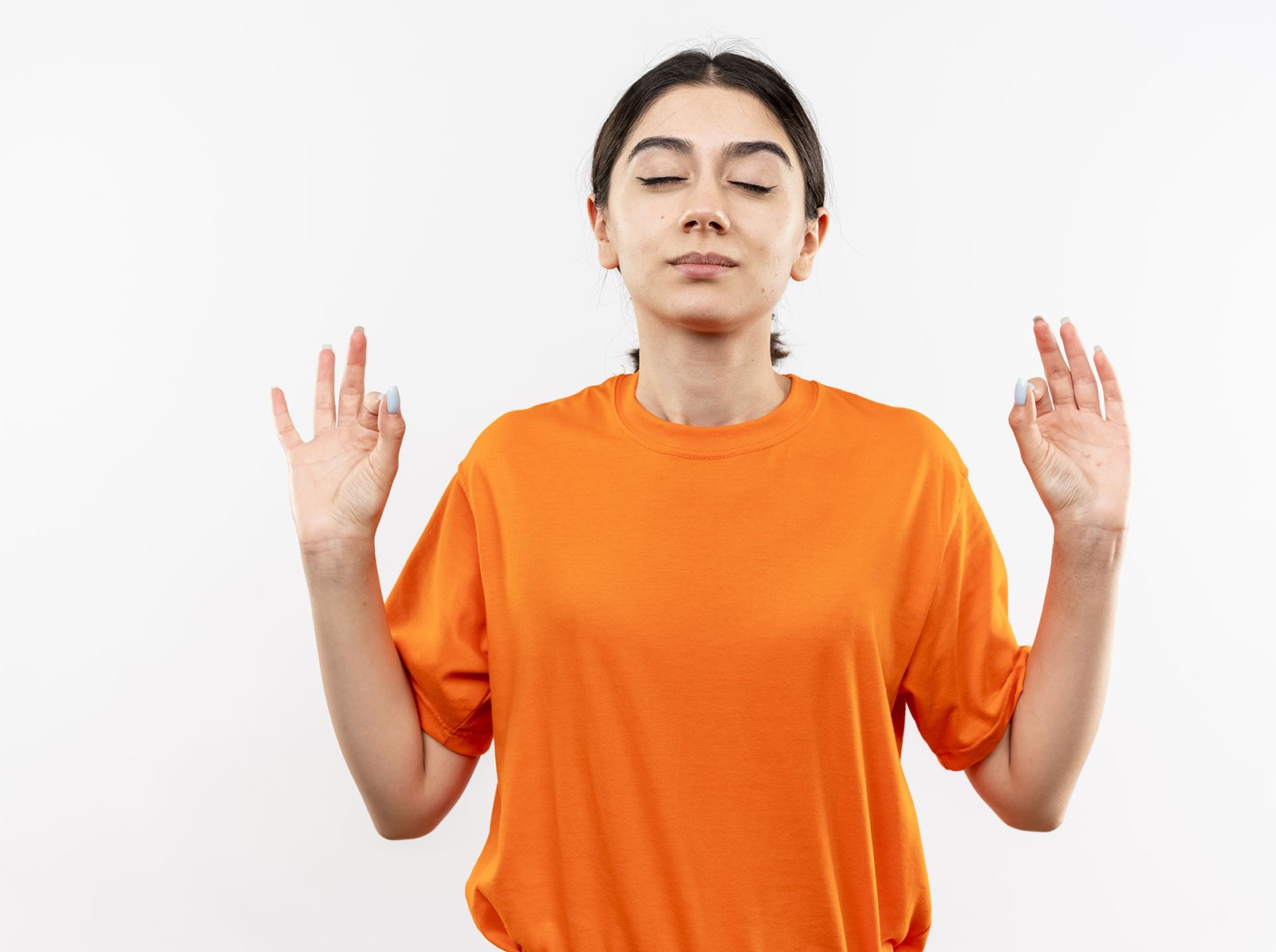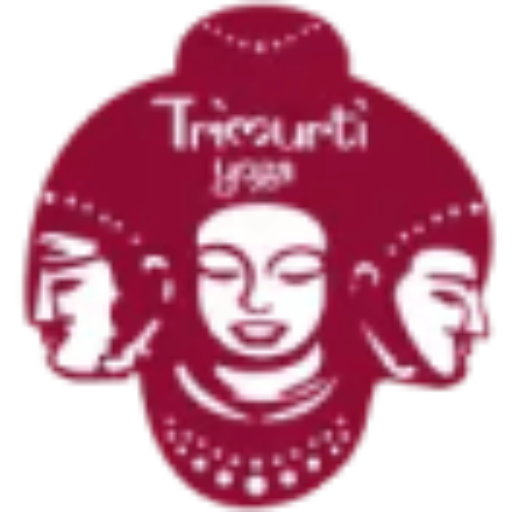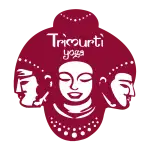
Pranayama—often described as the yogic art of breath control—is a fundamental pillar of traditional yoga. While asanas strengthen and prepare the physical body, pranayama unlocks deeper levels of awareness, energy flow, and emotional balance. Practising pranayama regularly can help improve lung capacity, calm the nervous system, sharpen focus, and support overall well-being.
At Trimurti Yoga Bali, pranayama is woven into every teacher training course because it is essential for anyone who wants to truly understand yoga beyond the physical postures. Whether you’re a beginner or a seasoned yogi, the following 10 powerful pranayama techniques will help you deepen your practice and cultivate a more balanced life.
Table of Contents
Toggle1. Dirgha Pranayama (Three-Part Breath)
Also known as the complete yogic breath, Dirgha Pranayama teaches you to breathe into the belly, ribs, and chest in one continuous flow.
Benefits: Reduces anxiety, improves lung expansion, and encourages mindfulness.
Best for: Beginners and grounding.
2. Ujjayi Pranayama (Victorious Breath)
Ujjayi creates a gentle ocean-like sound by slightly constricting the back of the throat. Often used in vinyasa yoga, this breath regulates energy and maintains a steady rhythm during movement.
Benefits: Builds heat, improves focus, and calms the mind.
Best for: Flow practices and internal awareness.
3. Nadi Shodhana (Alternate Nostril Breathing)
This classic pranayama technique cleanses and balances the two main energy channels: Ida (calming) and Pingala (activating).
Benefits: Reduces stress, harmonises the nervous system, and increases concentration.
Best for: Mental clarity and emotional balance.
4. Kapalabhati (Skull-Shining Breath)
Kapalabhati uses quick, forceful exhalations and passive inhalations to detoxify and energise the body.
Benefits: Strengthens the diaphragm, stimulates digestion, and increases alertness.
Best for: Morning practice and energising the mind.
5. Bhastrika Pranayama (Bellows Breath)
Often confused with Kapalabhati, Bhastrika involves strong inhalations and exhalations. This creates powerful heat and activates pranic energy.
Benefits: Boosts circulation, enhances vitality, and awakens sluggish energy.
Best for: Experienced practitioners and powerful energising.
6. Bhramari Pranayama (Humming Bee Breath)
With eyes closed, you inhale deeply and exhale while creating a soft humming sound, like a bee.
Benefits: Reduces anger, improves sleep, relaxes the mind, and soothes the nervous system.
Best for: Evening practice and emotional release.
7. Sheetali Pranayama (Cooling Breath)
Roll your tongue like a tube and inhale through the mouth, allowing cool air to enter the body.
Benefits: Lowers body temperature, reduces stress, calms digestive heat.
Best for: Hot climates, summer seasons, and pitta imbalance.
8. Sheetkari Pranayama (Hissing Breath)
A variation of Sheetali, practised by inhaling through lightly closed teeth and exhaling through the nose.
Benefits: Cools the body, reduces anger, and supports mental calmness.
Best for: Balancing heat and emotional intensity.
9. Anulom Vilom
A gentle version of alternate nostril breathing without breath retention, making it easy and safe for beginners.
Benefits: Improves oxygen flow, balances brain hemispheres, enhances relaxation.
Best for: Beginners and daily practice.
10. Surya Bhedana & Chandra Bhedana
These two pranayama styles involve breathing primarily through one nostril.
Surya Bhedana (right nostril breathing) energises and stimulates.
Chandra Bhedana (left nostril breathing) cools and calms.
Benefits: Balances energy depending on the body’s needs, sharpens focus, and regulates prana.
Best for: Energy management and Ayurvedic balancing.

How to Practice Pranayama Safely
While pranayama is transformative, it must be practised with awareness:
- Always begin with a few minutes of natural breathing.
- Sit with your spine straight to allow full lung capacity.
- Avoid advanced techniques on a full stomach.
- Never strain your breath—comfort is key.
- Pregnant women and those with heart or respiratory conditions should seek guidance before practising intense pranayama.
Deepen Your Breathwork with Trimurti Yoga Bali
At Trimurti Yoga Bali, our Yoga Teacher Training programs offer detailed workshops on pranayama, breath mechanics, energy flow, and traditional yogic philosophy. Learning breathwork in Bali’s serene natural environment helps you connect with your prana on a deeper, more authentic level.
Whether you’re preparing for TTC or simply want to enhance your home practice, mastering these 10 pranayama techniques will help you become a more mindful, powerful, and balanced yogi.








